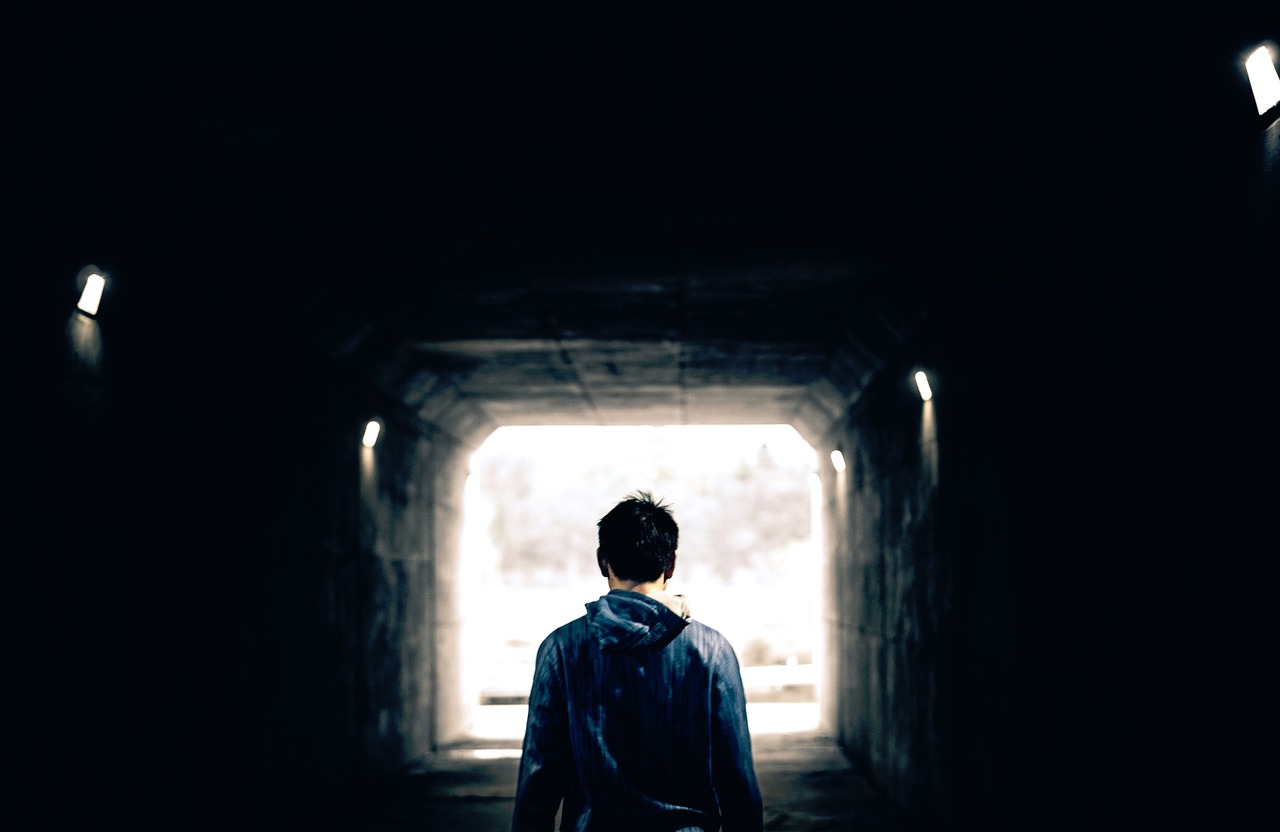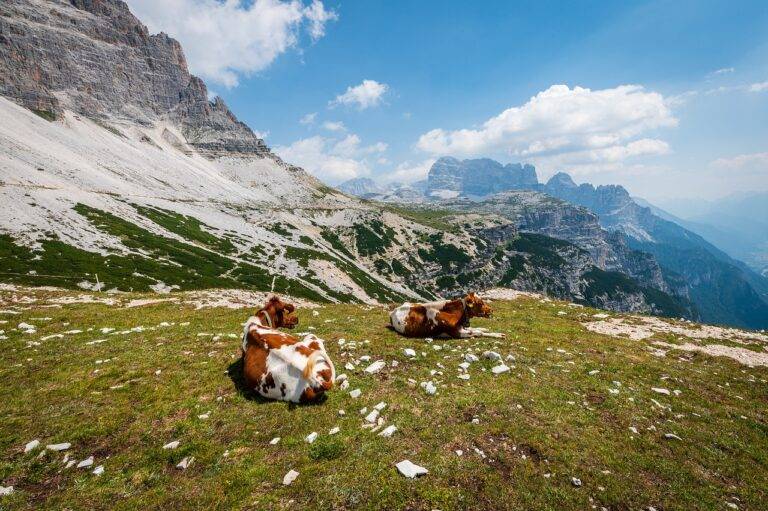The Allure of Wildlife Safari Photography: Capturing Majestic Creatures in their Natural Habitat
Wildlife safari photography offers a unique opportunity to connect with nature in its rawest form. Capturing the beauty and diversity of wildlife in their natural habitats can provide a sense of awe and appreciation for the world around us. The stunning images obtained through wildlife safari photography not only serve as visual keepsakes but also as powerful tools for raising awareness about conservation efforts and the importance of preserving these incredible species and their environments.
Furthermore, wildlife safari photography allows photographers to observe and document the behaviors and interactions of animals in their natural surroundings. This firsthand experience provides valuable insights into the lives of these creatures, shedding light on their habits, social structures, and survival strategies. Through the lens of a camera, photographers have the ability to convey the captivating stories of wildlife, creating a bridge between the animal kingdom and the viewers who may never have the opportunity to witness these moments in person.
Choosing the Right Equipment for Wildlife Safari Photography
When embarking on a wildlife safari photography adventure, choosing the right equipment is crucial to capturing stunning images of animals in their natural habitat. A high-quality camera with a fast burst rate is essential for capturing fast-moving wildlife, such as running cheetahs or flying birds. Additionally, a telephoto lens with a long focal length will allow you to photograph animals from a safe distance without disturbing them.
Investing in a sturdy tripod is also recommended for stability and sharpness, especially in low-light conditions or when using a heavy telephoto lens. Additionally, carrying extra memory cards and batteries is essential to ensure you never miss a shot while out in the wild. By carefully selecting the right equipment for wildlife safari photography, you can enhance your chances of capturing that once-in-a-lifetime shot of a majestic lion in the savannah or an elusive leopard in the treetops.
• A high-quality camera with a fast burst rate is essential for capturing fast-moving wildlife
• A telephoto lens with a long focal length allows you to photograph animals from a safe distance
• Investing in a sturdy tripod for stability and sharpness, especially in low-light conditions
• Carrying extra memory cards and batteries is essential to ensure you never miss a shot
Understanding Animal Behavior for Better Photography
For wildlife photographers, understanding animal behavior is crucial for capturing captivating and authentic shots. By observing how animals interact with their surroundings and each other, photographers can anticipate movements and moments that make for stunning images. Being attuned to the nuances of animal behavior allows photographers to adjust their positioning and settings to capture the perfect shot with precision.
When photographing wildlife, patience is key. Animals have their own schedules and habits, so it’s important for photographers to spend time observing and waiting for the right moment to unfold. By immersing themselves in the natural environment and gaining an understanding of the animals’ routines, photographers can increase their chances of capturing unique and dynamic images that showcase the true essence of wildlife in its most authentic form.
Why is it important to understand animal behavior for wildlife photography?
Understanding animal behavior allows photographers to anticipate their subjects’ movements and actions, resulting in more dynamic and captivating photographs.
How can understanding animal behavior improve the quality of wildlife safari photography?
By knowing how animals typically behave in their natural habitat, photographers can position themselves in the right place at the right time to capture the most compelling shots.
What are some key behaviors that wildlife photographers should be aware of?
Some key behaviors to watch for include hunting and feeding patterns, mating rituals, territorial displays, and social interactions within animal groups.
How can photographers learn more about animal behavior?
Photographers can research animal behavior through books, documentaries, and online resources, as well as by observing animals in the wild or in controlled environments like zoos.
Can understanding animal behavior help wildlife photographers stay safe?
Yes, by recognizing signs of aggression or distress in animals, photographers can avoid potentially dangerous situations and ensure the safety of both themselves and the animals they are photographing.





